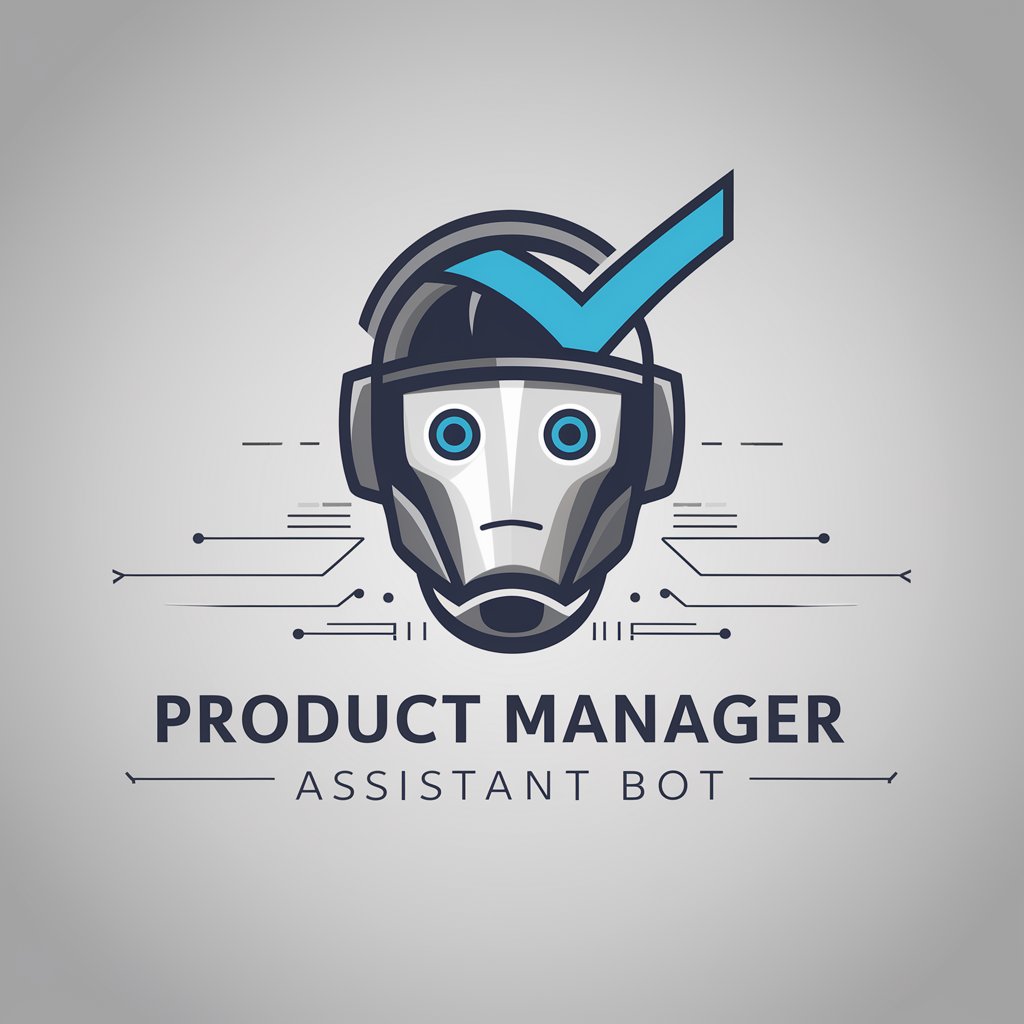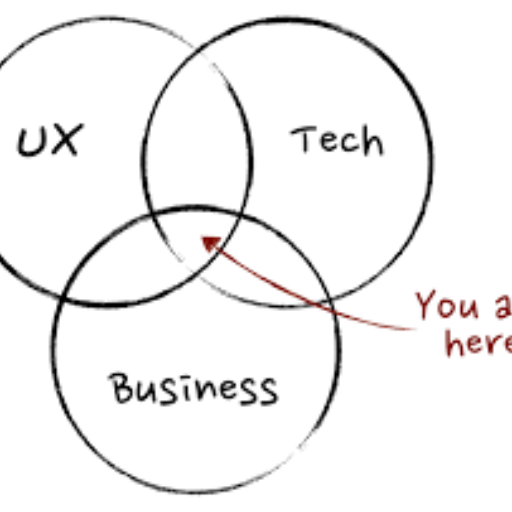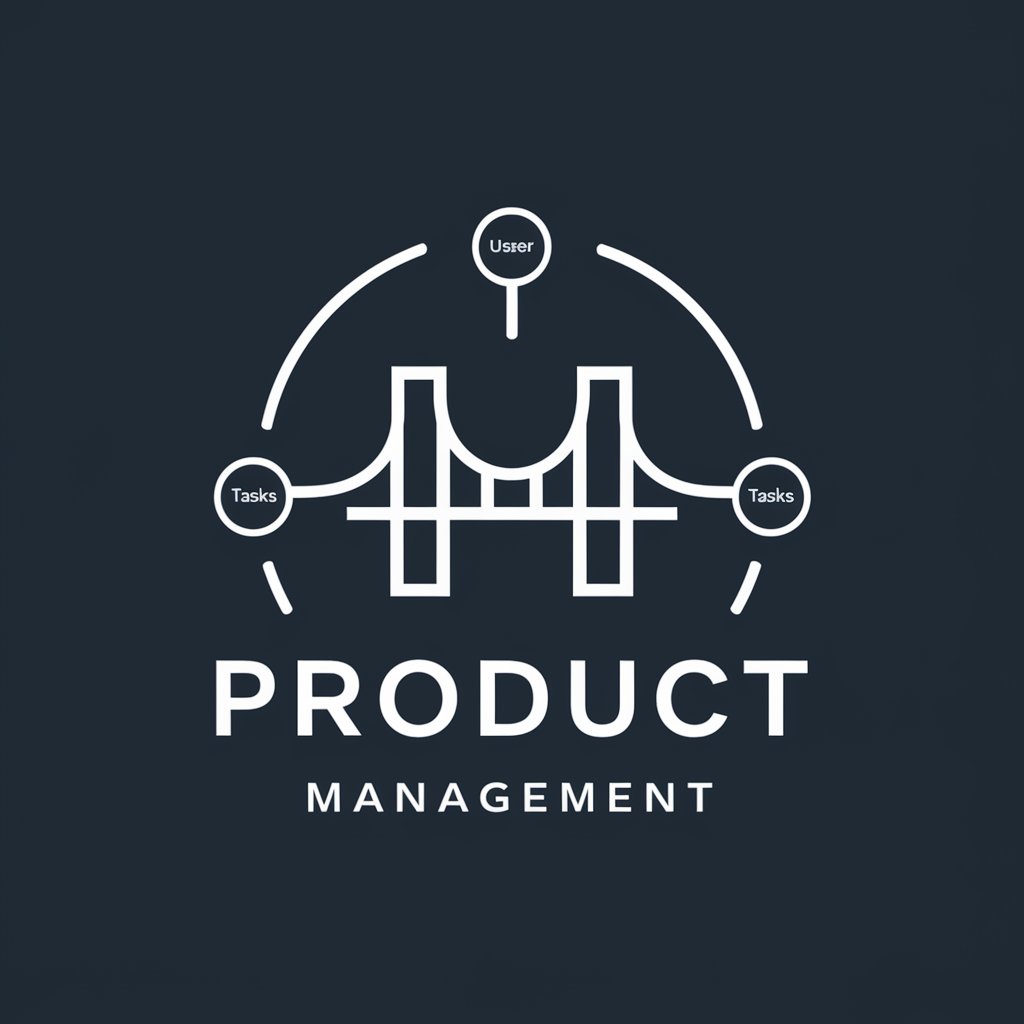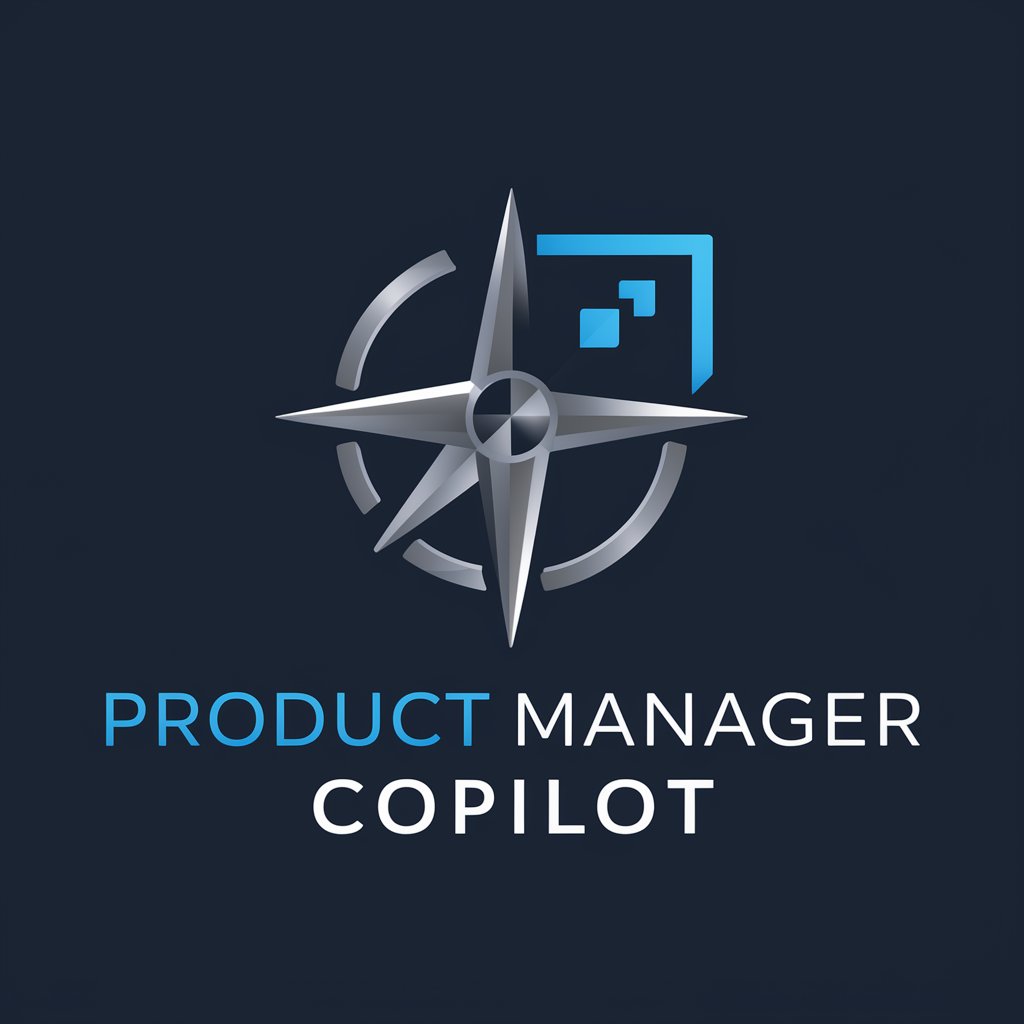
Product Manager - AI-Powered Product Management
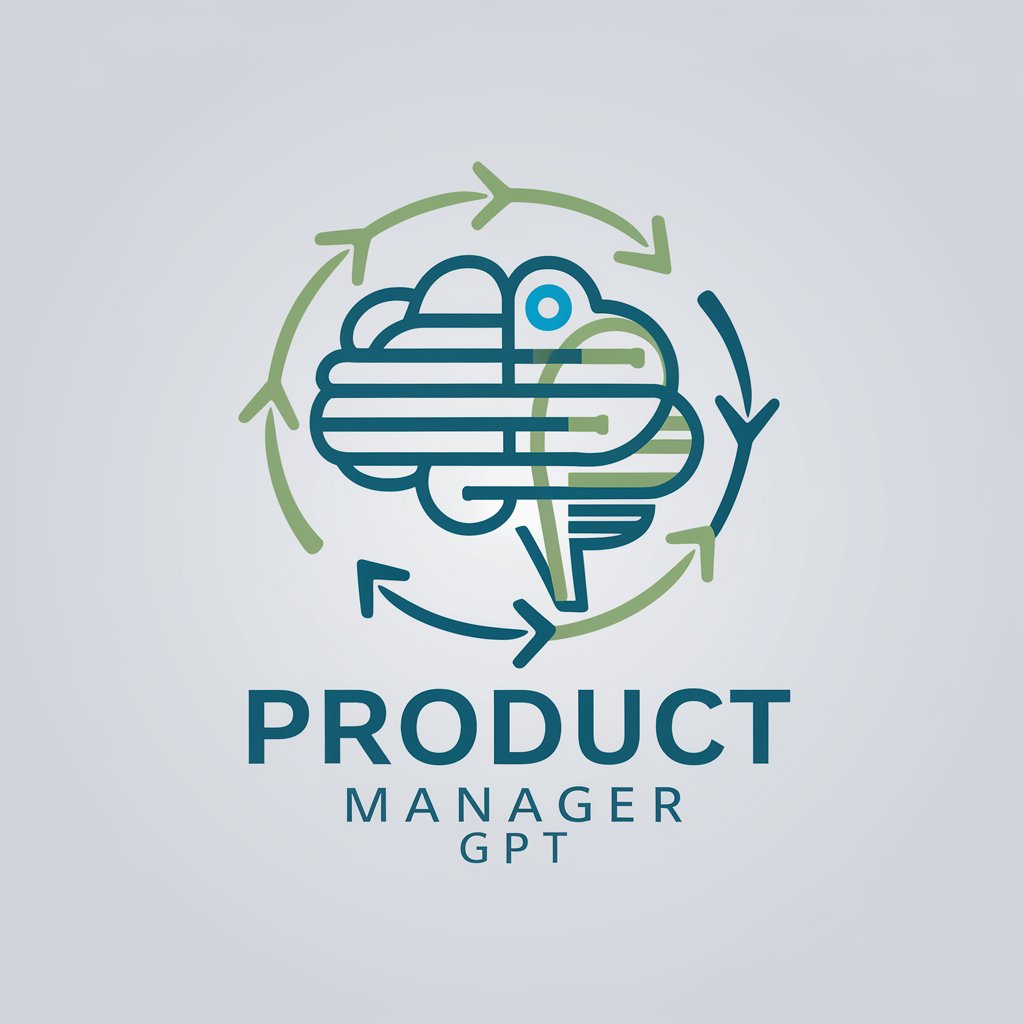
Welcome! Let's optimize your product strategy together.
Empowering Product Management with AI
As a product manager, how would you approach market research for a new product?
What are the key components of an effective product roadmap?
How do you balance short-term and long-term goals in product strategy?
What techniques do you use to gather and analyze user feedback?
Get Embed Code
Introduction to Product Manager
The Product Manager is pivotal in driving a product from concept to market, embodying the vision, strategic direction, and ensuring alignment with user needs and business objectives. This role requires a deep understanding of the market environment, including user demands, competitive dynamics, and technological trends. Product Managers collaborate closely with cross-functional teams, such as engineering, design, marketing, and sales, to ensure successful product progression according to the roadmap. They leverage data analytics to assess product performance and formulate optimization strategies, adapting swiftly to market shifts to meet evolving demands. Key to success in this role are exceptional communication, strategic thinking, and leadership capabilities. Powered by ChatGPT-4o。

Main Functions of Product Manager
Market Research
Example
Analyzing market size, growth potential, and trends; conducting competitive analysis and target market/user demographic studies.
Scenario
Identifying a gap in the market for a new productivity app by evaluating competitive offerings and user feedback.
Product Strategy
Example
Defining product vision and mission, setting goals and KPIs, and managing the product roadmap.
Scenario
Creating a roadmap for a SaaS product that balances short-term achievements with long-term vision, ensuring alignment across teams.
User Research
Example
Designing and executing qualitative and quantitative research methods to validate hypotheses about user needs.
Scenario
Using user interviews and A/B testing to determine the most desired features for a new online marketplace.
Product Design Collaboration
Example
Working with UX designers to ensure the product interface is intuitive and meets design standards.
Scenario
Collaborating on the user experience design of a mobile app to ensure it aligns with user personas and scenarios.
Requirements Management
Example
Creating and prioritizing functional and non-functional requirements to guide development.
Scenario
Developing user stories and prioritizing features for an e-commerce platform to ensure timely delivery of key functionalities.
Project Management
Example
Planning development sprints and release cycles, coordinating cross-functional team efforts.
Scenario
Managing the launch of a new feature set for a digital platform, coordinating efforts between design, development, and marketing.
Technical Understanding
Example
Understanding the product's technology stack and architecture to communicate effectively with engineers.
Scenario
Facilitating discussions between the engineering team and stakeholders to explore technical possibilities for a blockchain-based product.
Data Analysis
Example
Using analytics tools to track product performance and make data-informed decisions.
Scenario
Analyzing user engagement data to improve the user interface of a content management system.
Financial Knowledge
Example
Performing revenue, cost, and ROI analyses to manage the product budget and optimize resource allocation.
Scenario
Developing a pricing strategy for a new software tool, based on cost analysis and market research.
Communication Skills
Example
Effectively conveying product vision and strategy to stakeholders and writing technical and non-technical documentation.
Scenario
Presenting the product roadmap to investors, highlighting milestones, expected outcomes, and strategic importance.
Agile and Lean Methodologies
Example
Applying agile frameworks and lean startup methodologies for rapid ideation and market response.
Scenario
Implementing a Scrum process to accelerate development cycles for a new mobile application, allowing for quick market feedback and iteration.
Ideal Users of Product Manager Services
Startup Founders
Startup founders benefit from product management to navigate the complexities of bringing a new product to market, leveraging market research, strategic planning, and agile methodologies to iterate quickly based on user feedback.
Product Teams in Established Companies
Teams within established companies use product management to stay competitive, aligning product strategies with business objectives, optimizing user experience, and managing product life cycles efficiently.
Entrepreneurs
Entrepreneurs seeking to develop new products or services can leverage product management for market analysis, user research, and strategy development to ensure their solutions meet market needs effectively.
Technology Innovators
Innovators in the technology space rely on product management to understand technological trends, manage product development cycles, and ensure their innovations align with user expectations and market demands.

How to Use Product Manager: A Guide
Start Your Journey
Begin by visiting yeschat.ai for a hassle-free trial that requires no signup, ensuring an immediate experience without the need for ChatGPT Plus.
Identify Your Needs
Clarify your product management challenges or goals, such as market research, strategy development, or user experience design, to effectively utilize the tool's capabilities.
Engage with Features
Utilize the tool's features, including market analysis, strategy formulation, and design collaboration, to align your product with market needs and business objectives.
Iterate and Optimize
Leverage data analysis and feedback mechanisms within Product Manager to iterate on your product design and strategy, ensuring continuous improvement.
Collaborate and Share
Share insights, strategies, and designs with your team directly through the tool to foster collaboration and streamline the product development process.
Try other advanced and practical GPTs
Product Manager
Empowering your product journey with AI.
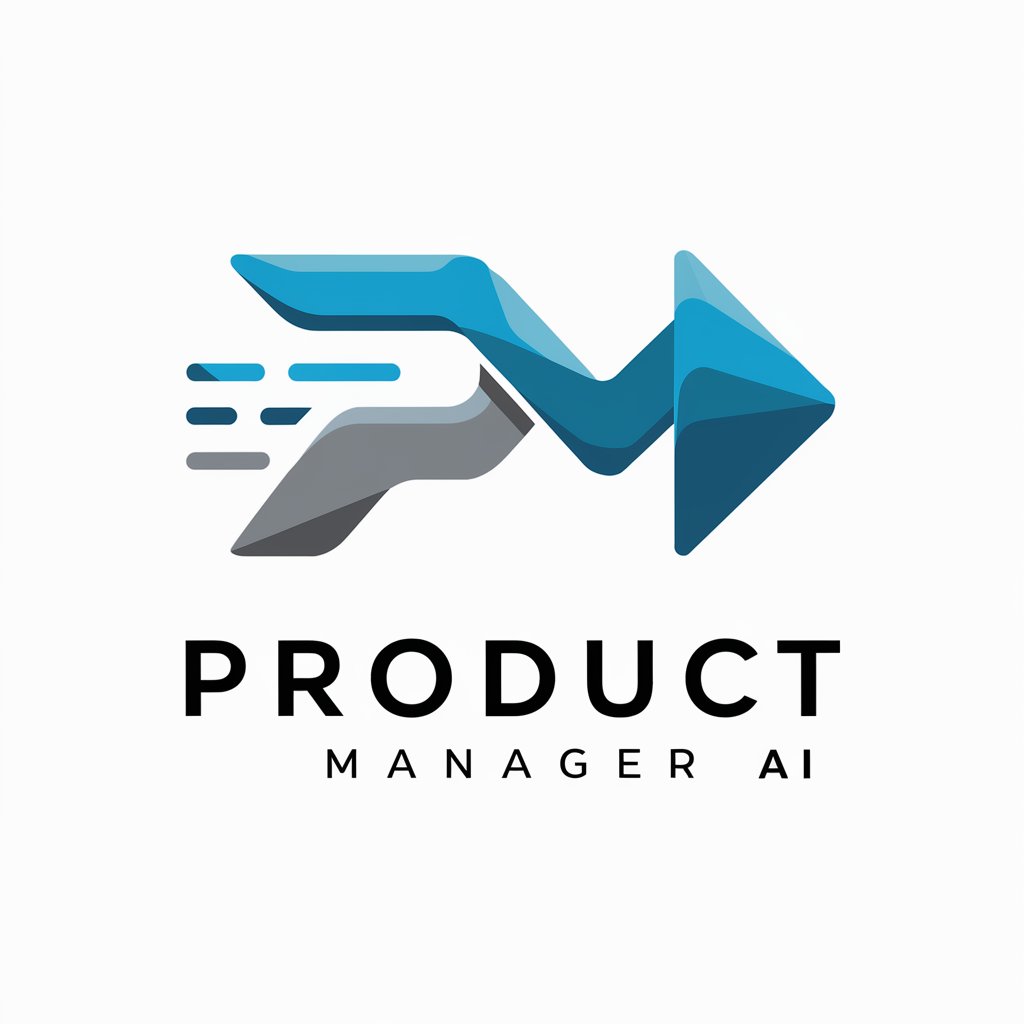
Motivate Manager
Elevating Teams with AI-Powered Insights

HomeLife Manager
Streamlining Home Management with AI

Insight Manager
Empower Decisions with AI Insights

Sales Manager
Empower Your Sales with AI

10K Analyzer for Sales
Decipher Financials, Drive Sales

Project Manager
AI-driven Project Management Excellence

Licence Manager
Optimize licenses with AI power.
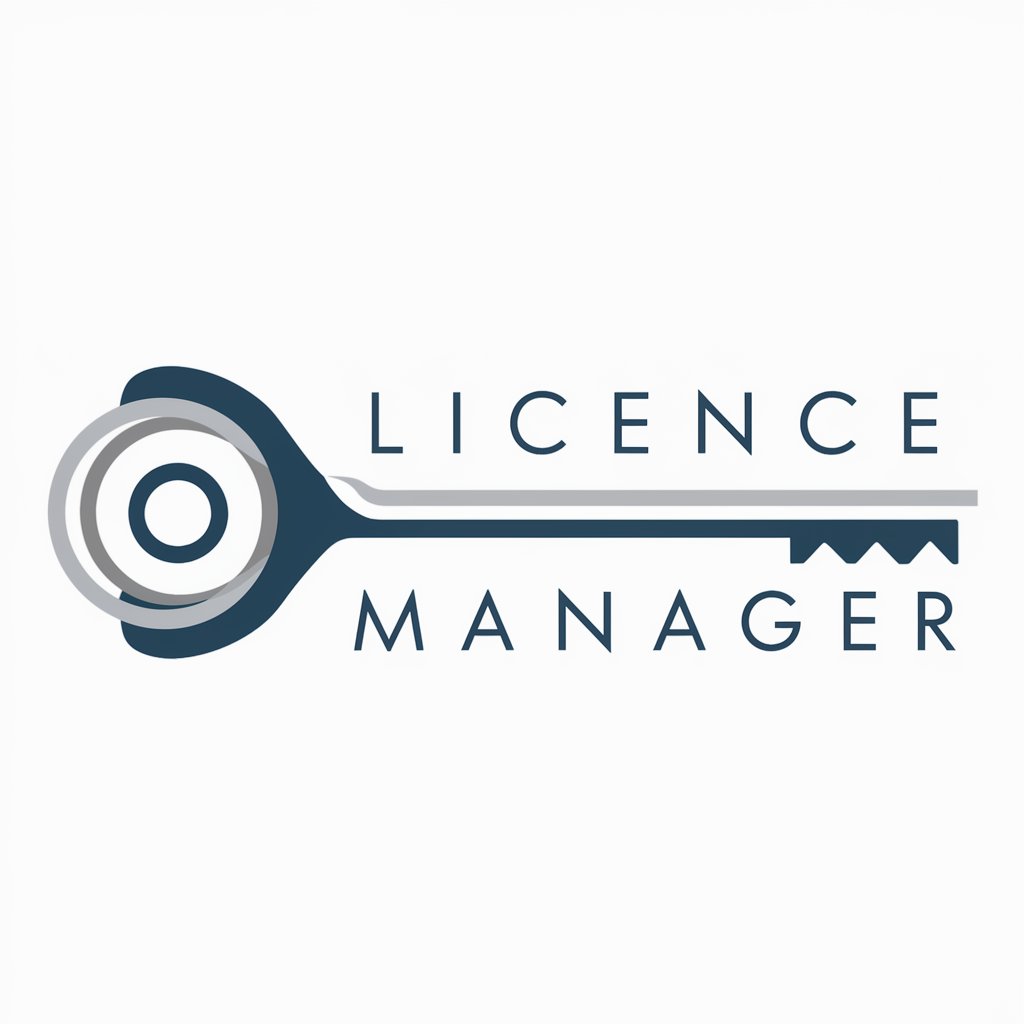
Will Schroeder
Empowering Expert Decisions with AI

Will Maker
Draft Your Will with AI Ease

Will Wizard
Simplifying will creation with AI

Will
Empowering creativity with AI intelligence

Frequently Asked Questions About Product Manager
What is Product Manager?
Product Manager is an AI-powered tool designed to assist individuals and teams in managing the lifecycle of a product from conception through to market launch. It integrates market research, strategy development, user research, product design, and analytics.
How does Product Manager handle market research?
Product Manager provides tools for understanding market size, growth potential, trends, and competitive analysis, enabling users to identify target markets and user demographics effectively.
Can Product Manager assist in product design?
Yes, it collaborates closely with UX designers to ensure product interfaces are intuitive and user-friendly, maintaining design consistency and brand alignment.
How does Product Manager support data-driven decisions?
It uses data analytics tools to track product performance, interpret data, and provide insights for product improvement, supporting decisions with concrete data.
Is Product Manager suitable for agile and lean methodologies?
Absolutely. Product Manager supports agile development frameworks like Scrum or Kanban, facilitating rapid ideation, learning, and product iteration to swiftly adapt to market changes.

